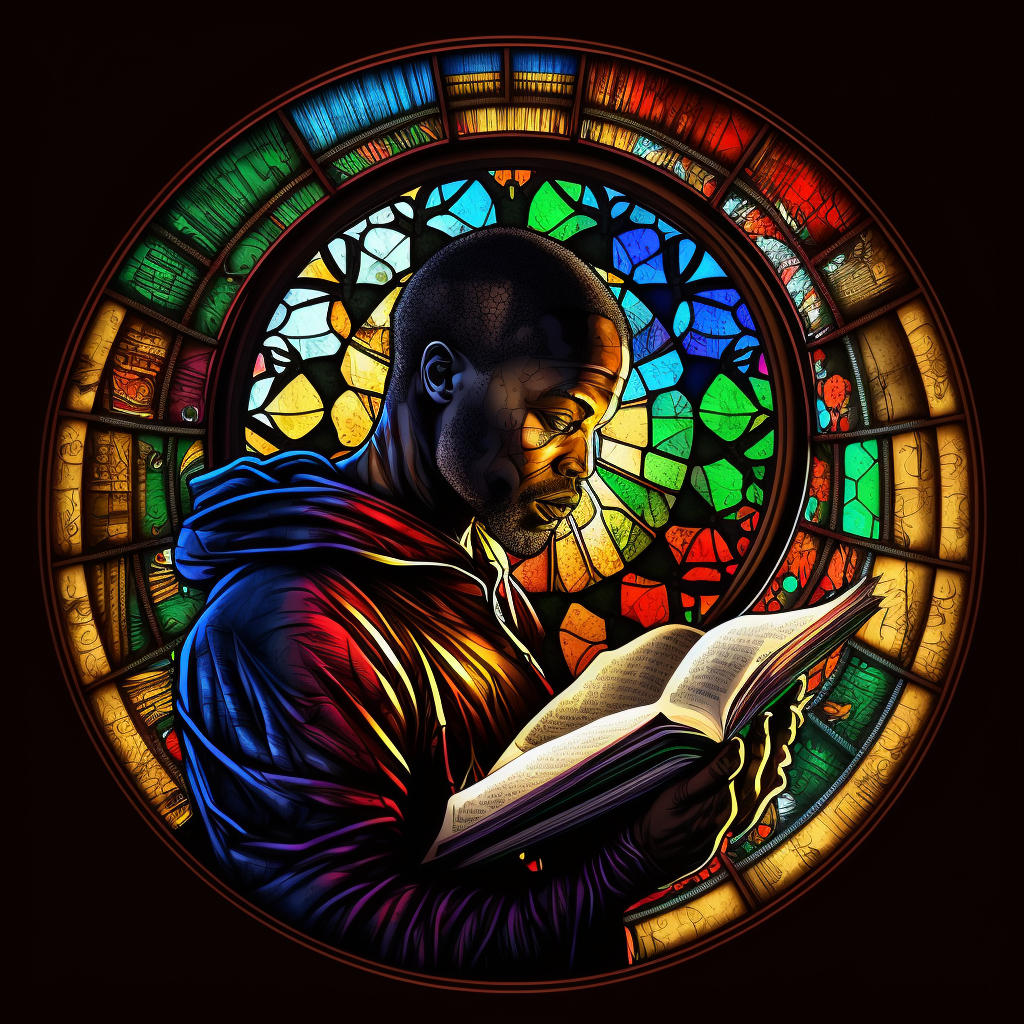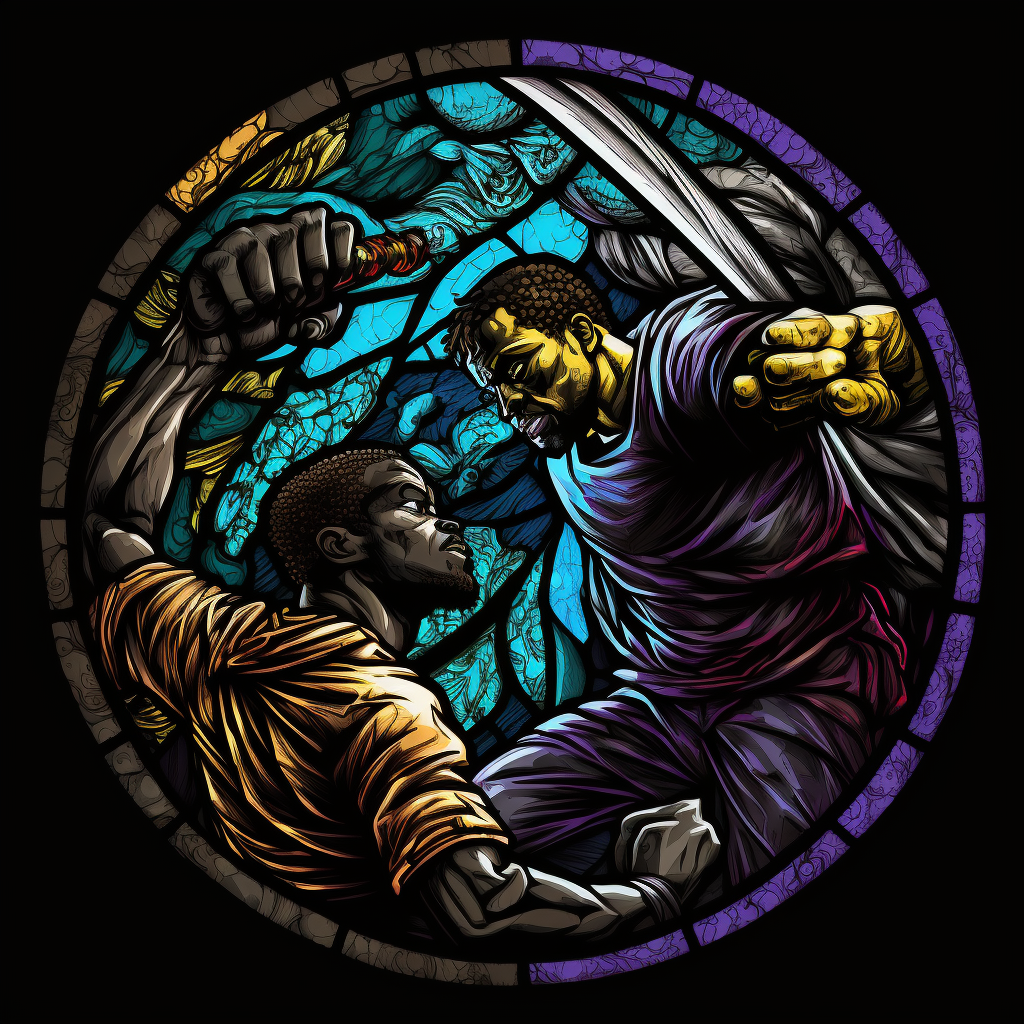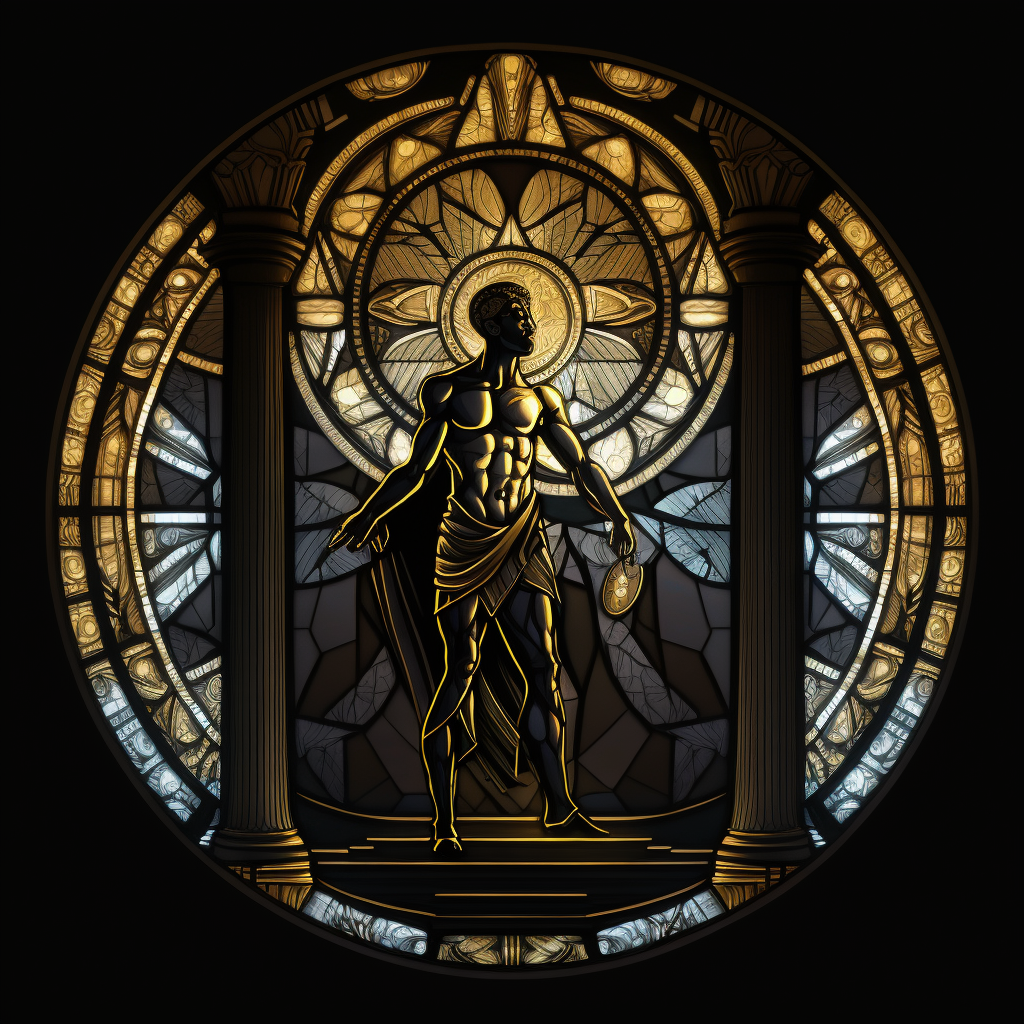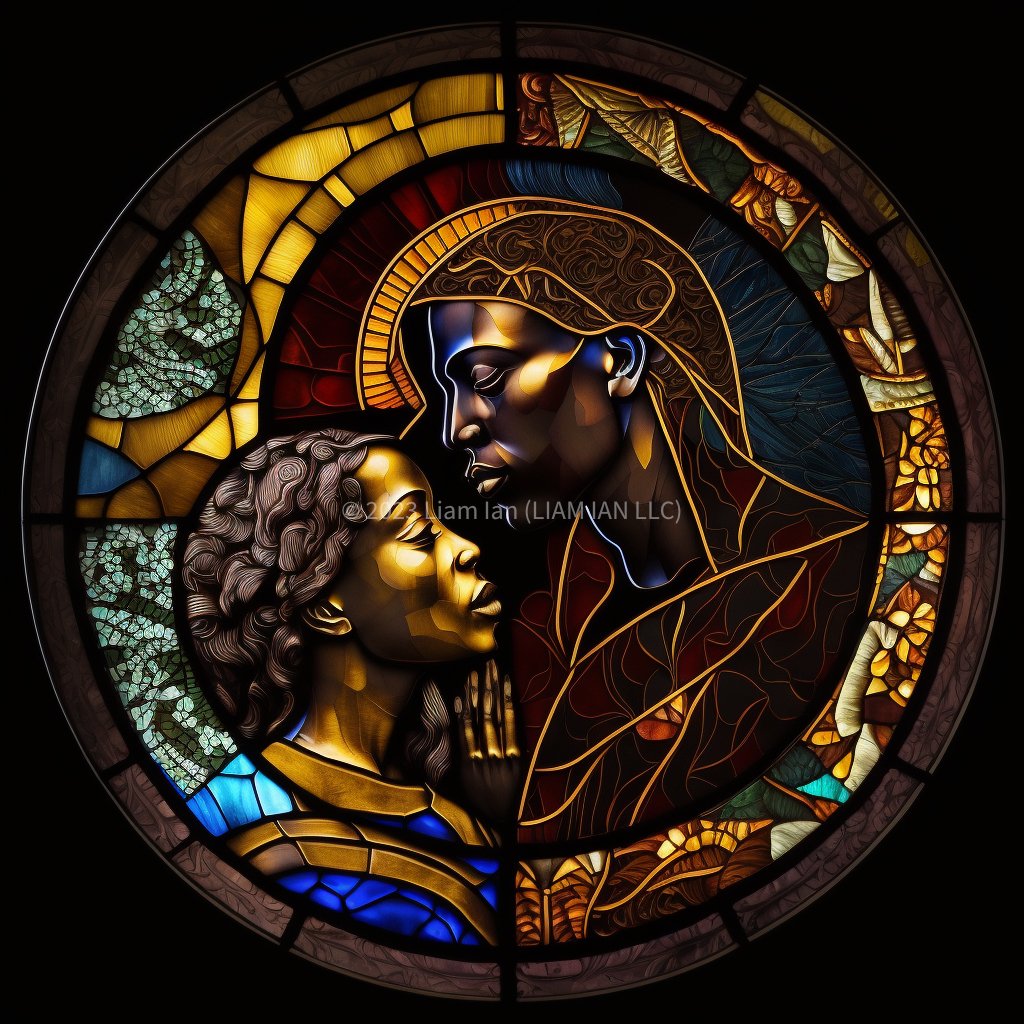ARTISTS WITHIN 2024
COACHING & CONSULTING [THE CIRCLE]
AS A COACH & CONSULTANT…
…it’s my job to use my knowledge and resources to help other Artists, Designers, Photographers and Entrepreneurs to find direction, focus and intention to initiate activities, obtain resources and activate assets to realizing their creative pursuits. As I begin the process of high activity with coaching and consulting again, I look back at those things that’ve influenced, impacted and served me to be where I am as a Creative and Entrepreneur.
In 2024, there are GREATER OPPORTUNITIES more than ever for Artists and Creatives to be impactful. Why? Static images are still important to designing and affecting environments. I believe in static art in a world where videos bombard us all the time. There’s something classically sophisticated about the Art, Design and Photography that fill spaces we reside in. Too much video and other content and media don’t add too much meaning but take up a lot of attention and therefore energy and time.
With the ever-changing landscape of politics and societal affairs, there are new opportunities to influence and impact personal spaces. From Wall Art to Fashion, there are still opportunities to communicate messages that are positive, reinforcing or representative of trends, situations, conditions, ideas and themes. While Ai technologies serve to assist in the more immediate creation of Art and associated works, this adds to the significance of human creations. Irreplaceable is and should be the works of man especially in influencing and impacting the lives of humans…especially into the future.
As a Coach and Consultant, I advise that every Artist stay committed to creating. Stay committed to creating with your individual and unique thoughts and ideas…and your own hands…while still learning the newest craft that is Ai Art Development. Prompt Engineering. Conceptual and Technical Writing as to inform and instruct these new tools. Archive and record keep all that you write and create but still understand the rights and agreements you’re entering into as you are interacting with tools that are owned by commercial entities. Further create. Create with intention. Create with the intention of meaning and purpose. Maintain meaning and purpose within your artistic endeavors while not forgetting the significance of creating with your own hands.
Understand that very few things are sacred anymore. For the sake of making money, many things have become commercial. While I would personally continue and contend to take the stance that capitalism has led to the detriment of societal principles and values, understand that in this modern world it is the norm to seek financial advantage over the things people do, are interested in and can produce. Withe that said, keep your most valuable things close to your heart. If you are an artist, it might just work best for you to limit what you produce while adding high value because of it. Don’t sell yourself or what you can manifest short. It’s not about maximizing the potential of your gains but more letting your audience know how you value yourself, product or services within your chosen market or field.
Personal Message
I’ve been in official entrepreneurship for over 10 years while hustling and aspiring for private business ownership for over 20. I’ve succeeded and I’ve failed. I made great progress and have seen many setbacks. I’ve made mistakes and have taken risks but then I’ve created progress and manifested great moments that have led to even greater moments. I say this to say that entrepreneurship as an artist is a risky endeavor but not as risky as some others. A key that worked and continues to work for me is the commitment to be myself…at whatever stage on whatever stage. I may have to adapt to new situations and circumstances but I do so while still being honest with myself to be honest with others. Integrity means a lot and while the seasons may change, I strive to stay consistent even while I strive to adapt. You should be sure to do the same.
For the BEST and PRIVATE Coaching and Consulting, see THE CIRCLE MEMBERSHIP! Within OUR CIRCLE, you’ll see dynamic support and services that will add value to you and endeavors knowing that you’re truly not in it alone.




































